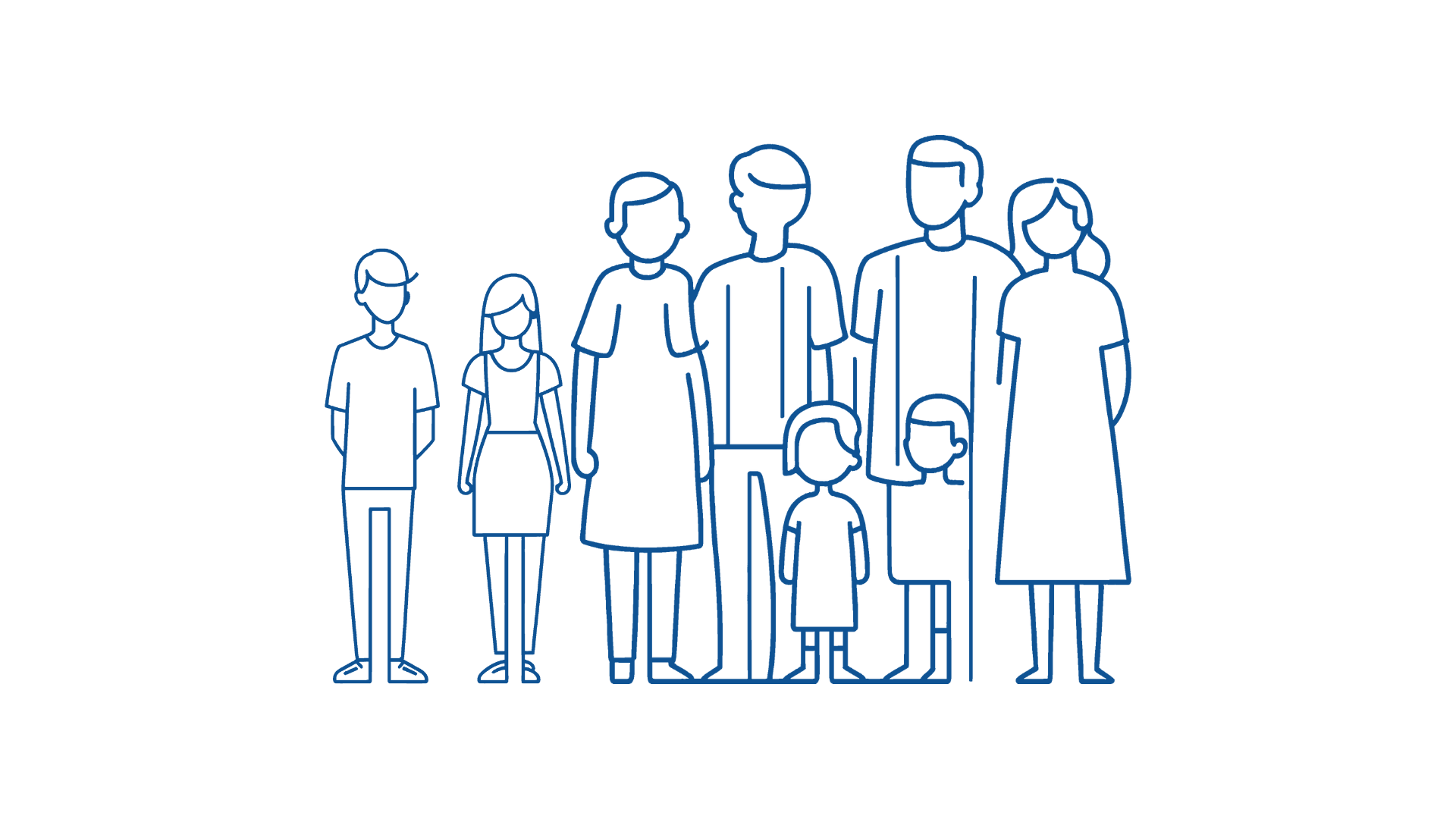What questions about gender, body, sexuality and pregnancy are going through the minds of millions of children and adolescents around the world?
- “Why do I have hair under my arms?”
- “Do girls have a penis too?”
- “How was I born?”
- “What will happen to us when we reach puberty?”
- “Is voice change something annoying, or does it just happen when you raise your voice?”
- “What does the word ‘…’ mean?”
- “Is getting your period shameful?”
- “How do people make babies, and how does the baby grow in there?”
- “Why do men use violence against women? I see it on the news and I’m scared it might happen to me too—why do they kill them?”
- “Everyone says ‘31’ but when I asked my mom, she didn’t answer. What does it mean? Is it an organ?”
- “I heard about a man and woman coming together from a friend—what does that mean?”
Above are just some of the questions children aged 11–12 have asked us during sexuality education sessions.
Unfortunately, most children and adolescents cannot find answers to their questions and are directed to incorrect sources. So, what happens as a result?
Anxious Sad Angry Unfamiliar with their own body More vulnerable to abuse
Children and young people grow up to engage in sexual activity at an early age—driven purely by curiosity, without considering their thoughts and feelings—who discriminate between women and men, and even resort to violence.

Trainings that support the growth and transformation processes of children and adolescents empower them!
Sexuality education is one of the key elements that shapes the health of a society.
Healthy societies focus on raising individuals who are informed, educated, and sensitive about sexual health, offering a perspective that empowers younger generations.
In this context, we can examine why sexuality education forms the foundation of healthy societies under several main points:
Sexuality education plays a guiding role in supporting individuals’ healthy sexual development. It helps young people gain accurate information about their bodies, enabling them to understand and accept their sexuality. Healthy sexual development fosters self-confidence, supports the formation of healthy relationships, and enhances emotional well-being.
Sexuality education empowers children and adolescents to recognize, prevent, and protect themselves against sexual abuse and violence. In doing so, it contributes to the reduction of sexual violence and abuse in society. Providing sexuality education from the early years of primary school supports children in getting to know their bodies and learning to respect both their own and others’ bodies.
Sexuality education supports individuals in making informed decisions regarding the prevention of sexually transmitted infections, protection against unintended pregnancies, and avoidance of sexual risks. This awareness contributes to the maintenance of a healthy sexual life within society and helps safeguard public health. Recent studies highlight that sexuality education increases young people’s knowledge on sexual health and enhances their awareness of healthy sexual behaviors.
Sexuality education strengthens communication within the family and supports family members in being respectful, understanding, and sensitive toward one another. This contributes to the healthy functioning of the family, which is an essential part of society.
Sexuality education plays a key role in the formation of healthy societies. When individuals are informed about sexual health, understand gender equality, and lead responsible lives that respect the rights of others, it contributes to social peace.
Sexuality education addresses gender roles and inequalities, providing individuals with knowledge about equal rights, opportunities, and responsibilities. This contributes to reducing gender-based discrimination and fostering a fairer, more equitable environment within society. In doing so, it also plays a significant role in preventing gender-based violence.
